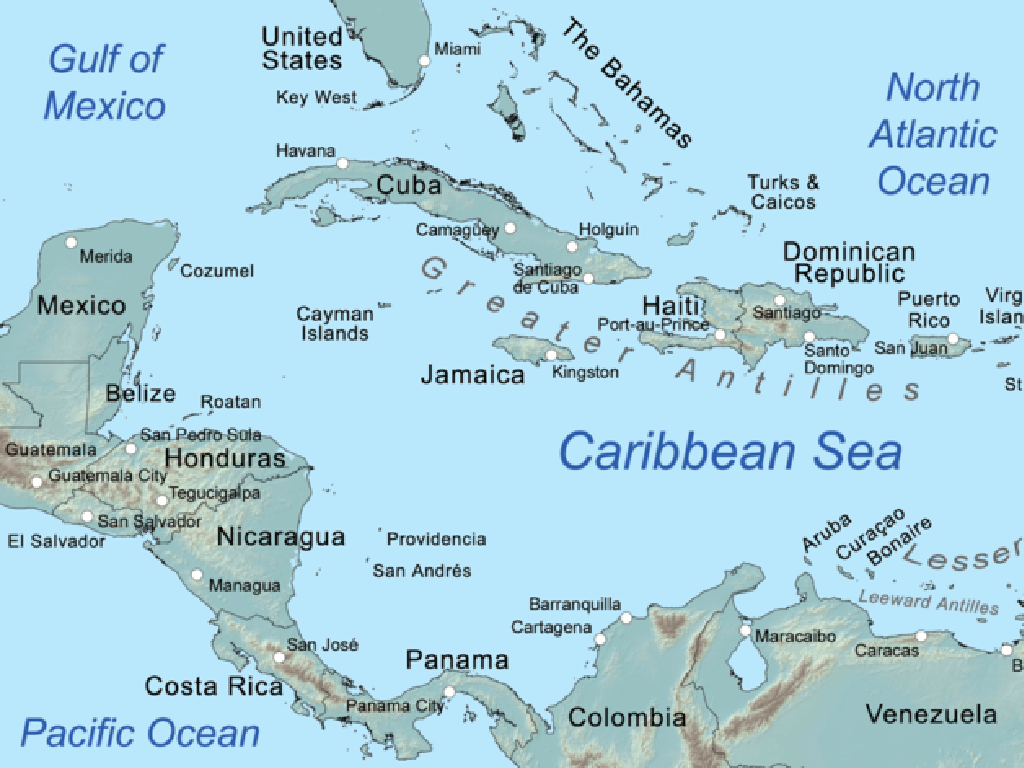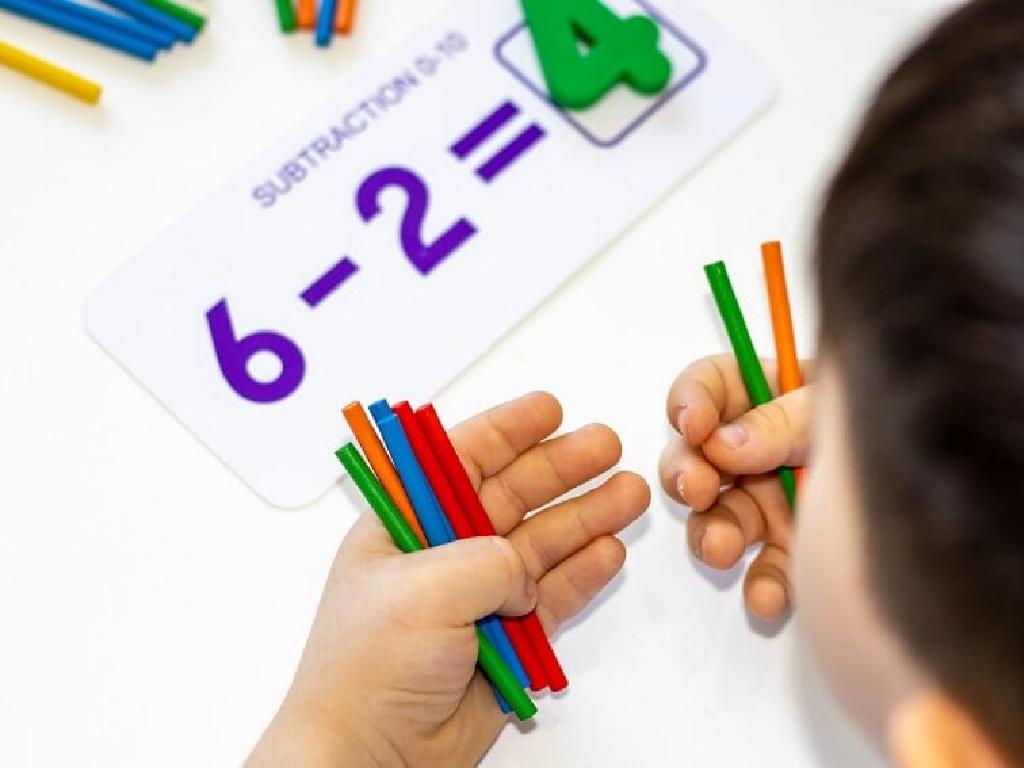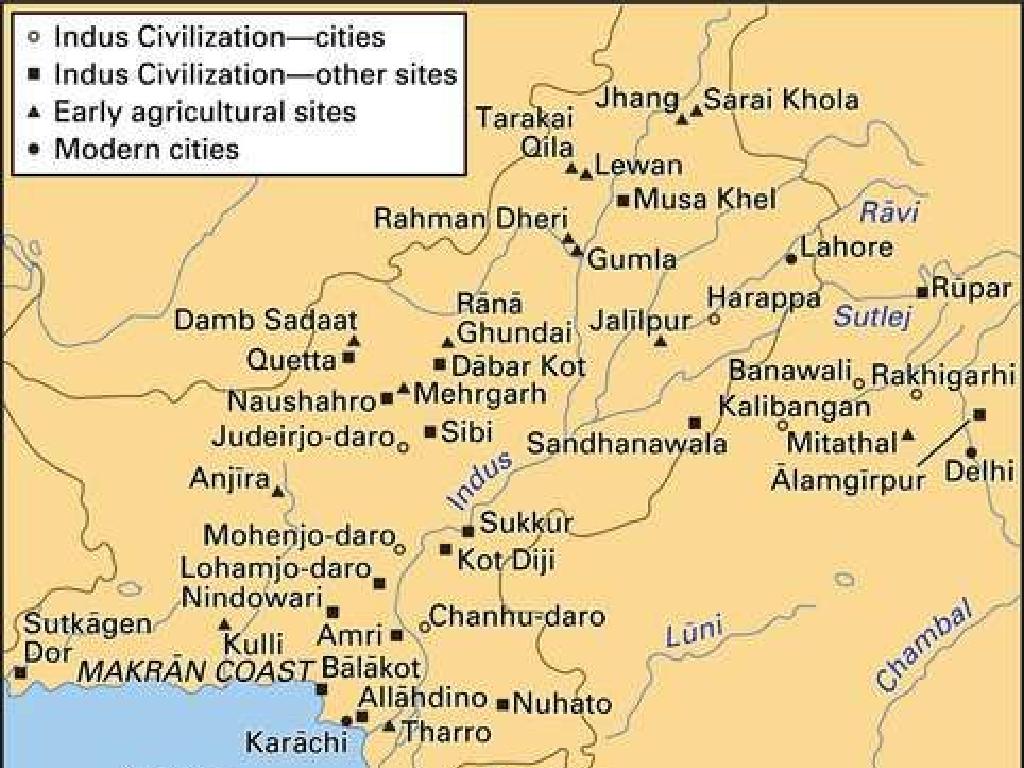Convert Between Standard And Expanded Form
Subject: Math
Grade: Third grade
Topic: Place Value
Please LOG IN to download the presentation. Access is available to registered users only.
View More Content
Welcome to Place Value!
– Each digit has a value
– The position of a digit tells us its value.
– Place value explained
– It’s the value of where a digit is in the number.
– Importance of place value
– Helps us read and write numbers correctly.
– Practice with examples
– Let’s convert numbers to expanded form!
|
This slide introduces the concept of place value, which is fundamental in understanding numbers and math operations. Start by explaining that each digit in a number has a specific value depending on its position. Use simple examples like the number 123, where ‘1’ is in the hundreds place, ‘2’ is in the tens place, and ‘3’ is in the ones place. Emphasize that place value helps us determine the value of a number and is crucial for performing arithmetic operations correctly. Engage the students with examples, converting numbers from standard form to expanded form to reinforce the concept. For instance, the number 456 in expanded form is 400 + 50 + 6. Encourage students to try with different numbers and prepare some exercises for them to practice.
Understanding Standard Form
– Standard form: usual number writing
– Example: 345 is standard form
– 345 means 3 hundreds, 4 tens, 5 ones
– Each digit has a place value
– 3 is in the hundreds place, 4 is in the tens place, 5 is in the ones place
– Place values determine number’s value
|
This slide introduces the concept of standard form, which is the typical way of writing numbers using digits. Each digit in a number has a different place value, which is crucial for understanding the number’s overall value. For example, in the number 345, the ‘3’ is in the hundreds place, meaning it represents 300. The ‘4’ is in the tens place, representing 40, and the ‘5’ is in the ones place, representing 5. The sum of these values gives us the number in standard form. Encourage students to practice with different numbers, identifying the place value of each digit to reinforce their understanding of standard form.
Understanding Expanded Form
– What is expanded form?
– It’s a way to write numbers to show the value of each digit
– Value of each digit
– Breaking down place value
– Each digit is broken down by its place value
– Example: 345 in expanded form
– 300 (hundreds) + 40 (tens) + 5 (ones) = 345
|
This slide introduces the concept of expanded form, which is a method of writing numbers that shows the value of each digit based on its position. It’s crucial for students to understand that each digit in a number has a different value depending on where it is located. For example, in the number 345, the ‘3’ is in the hundreds place and is worth 300, the ‘4’ is in the tens place and is worth 40, and the ‘5’ is in the ones place and is worth 5. The expanded form of 345 is therefore 300 + 40 + 5. Use additional examples to reinforce the concept, and encourage students to practice converting numbers from standard form to expanded form and vice versa.
Converting Standard to Expanded Form
– Identify digit values
– Each digit has a place value. E.g., in 234, ‘2’ is in the hundreds place.
– Write as addition statement
– Write each digit’s value. E.g., 200 + 30 + 4.
– Combine for expanded form
– Add values to get expanded form: 200 + 30 + 4 = 234.
|
This slide aims to teach students how to convert numbers from standard form to expanded form by breaking down the number into its individual place values. Start by identifying the value of each digit according to its position (ones, tens, hundreds, etc.). Then, have students write these values as an addition statement, where each term represents a digit’s value in the number. Finally, combine these values to express the number in its expanded form. Use examples with different numbers to practice this skill. Encourage students to explain their thought process as they convert from standard to expanded form to ensure understanding.
Let’s Practice Together: Expanded Form
– Convert 582 to expanded form
– Understand place value representation
– 5 is in the hundreds place, so it’s 500
– 582 becomes 500 + 80 + 2
– 8 is in the tens place, so it’s 80, and 2 is just 2
– Practice with different numbers
– Try converting 394, 761, and 845 on your own
|
This slide is an interactive class activity to help students understand the concept of expanded form in place value. Start by explaining that each digit in a number has a place value depending on its position. For example, in the number 582, the 5 is in the hundreds place, so it represents 500. The 8 is in the tens place, so it represents 80, and the 2 is in the ones place, so it represents 2. Combining these values gives us the expanded form: 500 + 80 + 2. Encourage students to practice this concept with different numbers, such as 394 (300 + 90 + 4), 761 (700 + 60 + 1), and 845 (800 + 40 + 5). This activity will reinforce their understanding of place value and how it relates to expanded form.
Your Turn to Try: Expanded Form
– Convert 736 to expanded form
– Break down 736 like 700 + 30 + 6
– Identify each digit’s value
– 7 is in the hundreds place, 3 is in the tens, 6 is in the ones
– Write your answer on the worksheet
– Use the space provided on your worksheet to show your work
|
This slide is an interactive activity for students to apply their knowledge of place value to convert a number from standard form to expanded form. Start by reminding them how to determine the value of each digit in a number. For example, in 736, the digit 7 is in the hundreds place, so it represents 700. The digit 3 is in the tens place, so it represents 30, and the digit 6 is in the ones place, so it represents 6. The expanded form of 736 is therefore 700 + 30 + 6. Have students write their answers on their worksheets and be ready to discuss as a class. Provide guidance and support as needed, and consider walking through the first example together.
Class Activity: Place Value Flip Chart
– Create your own flip chart
– Color code each place value
– Use a unique color for ones, tens, hundreds
– Display standard form
– Show expanded form
– Break down numbers into their place values
|
This activity is designed to help students visualize and understand the concept of place value in a fun and interactive way. Each student will create a flip chart where they can flip through to show different numbers in both standard and expanded form. Encourage them to use different colors for each place value to reinforce the concept that each digit has a different value depending on its position. For example, the number 234 can be shown in standard form on one side and as 200 + 30 + 4 in expanded form on the other. Provide students with materials such as colored paper, markers, and brads or staples to assemble their flip charts. This hands-on activity not only solidifies their understanding of place value but also allows for creativity in learning.
Review: Standard & Expanded Form
– Recap of today’s lesson
We learned to convert numbers from standard form to expanded form and vice versa.
– Open floor for questions
– Review place value charts
Let’s look at our charts to see how each digit has a value based on its position.
– Interactive Q&A session
We’ll answer questions and solve problems together!
|
This slide is meant to conclude the lesson on converting between standard and expanded form. Start by summarizing the key points of the lesson, ensuring that students understand the concept of place value and how it relates to both forms of numbers. Open the floor for any questions the students might have, providing clarification where needed. Use place value charts as a visual aid to reinforce the day’s learning. Engage the class in an interactive Q&A session, encouraging them to participate and ask questions. This will help assess their understanding and address any lingering confusion. Prepare to provide examples and guide students through solving problems as a group.
Homework: Exploring Numbers with Place Value
– Convert standard to expanded form
– Break down a number into the sum of its parts, like 234 as 200 + 30 + 4
– Use your place value chart
– Bring five numbers for next class
– Choose any five numbers and write them in expanded form
– Share your discoveries!
– Be prepared to explain how you found the expanded form
|
This homework assignment is designed to reinforce the concept of place value by having students practice converting numbers from standard form to expanded form. Encourage students to use their place value charts as a visual aid to understand how each digit contributes to the overall value of the number. By bringing five numbers they’ve converted to the next class, students will have the opportunity to discuss the process and demonstrate their understanding. This activity will help solidify their grasp of place value and the relationship between standard and expanded forms. Provide examples and remind them to look at the value of each digit based on its position.






